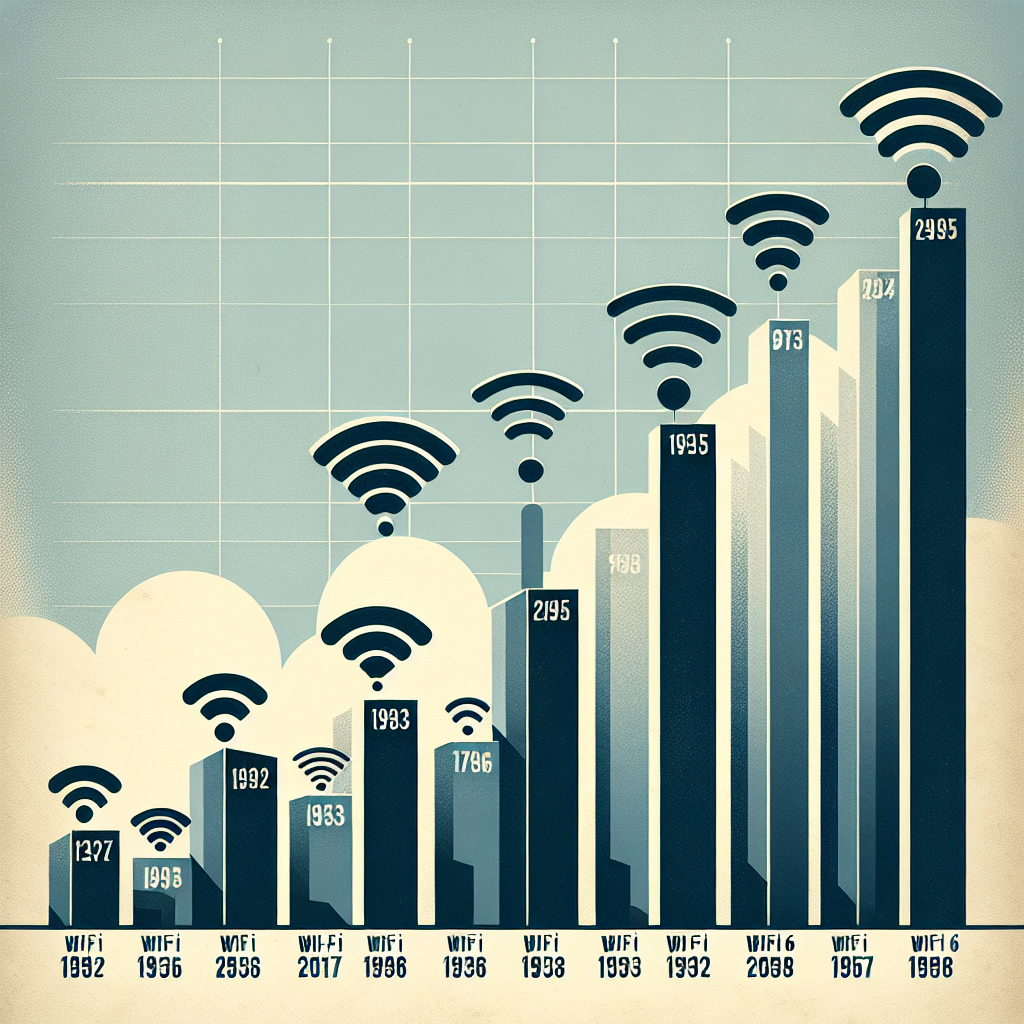Your cart is currently empty!
Understanding the Differences Between Wi-Fi 6 and Previous Generations

In recent years, the evolution of wireless technology has been rapid and significant. The introduction of Wi-Fi 6, also known as 802.11ax, has brought about several advancements over its predecessors, including Wi-Fi 5 (802.11ac) and Wi-Fi 4 (802.11n). Understanding the differences between these generations is crucial for consumers and businesses looking to upgrade their wireless networks.
One of the key differences between Wi-Fi 6 and previous generations is the speed and efficiency of the wireless connection. Wi-Fi 6 is capable of providing faster data transfer speeds and increased network capacity compared to Wi-Fi 5 and Wi-Fi 4. This is achieved through the use of technologies such as Orthogonal Frequency Division Multiple Access (OFDMA) and Multi-User Multiple Input Multiple Output (MU-MIMO), which allow for more efficient data transmission and better utilization of network resources.
In addition to speed and efficiency, Wi-Fi 6 also offers improved performance in high-density environments. With the ability to support more devices simultaneously and reduce network congestion, Wi-Fi 6 is better equipped to handle the growing number of connected devices in homes, offices, and public spaces. This is especially important as the Internet of Things (IoT) continues to expand, with more devices requiring reliable and fast wireless connections.
Another significant difference between Wi-Fi 6 and previous generations is the enhanced security features. Wi-Fi 6 includes improved encryption protocols and authentication mechanisms, making it more secure against potential threats such as hacking and data breaches. This is crucial for protecting sensitive information and ensuring the privacy of users on the network.
Furthermore, Wi-Fi 6 is designed to be more energy-efficient than its predecessors, helping to extend the battery life of connected devices. This is achieved through the use of Target Wake Time (TWT) technology, which allows devices to schedule when they wake up and communicate with the network, reducing unnecessary power consumption.
Overall, the differences between Wi-Fi 6 and previous generations are clear: faster speeds, increased efficiency, improved performance in high-density environments, enhanced security features, and energy efficiency. As more devices become connected and the demand for reliable wireless connectivity grows, Wi-Fi 6 is poised to become the new standard for wireless networking. Understanding these differences can help consumers and businesses make informed decisions when upgrading their wireless networks.
#Understanding #Differences #WiFi #Previous #Generations,wi-fi 6

Leave a Reply